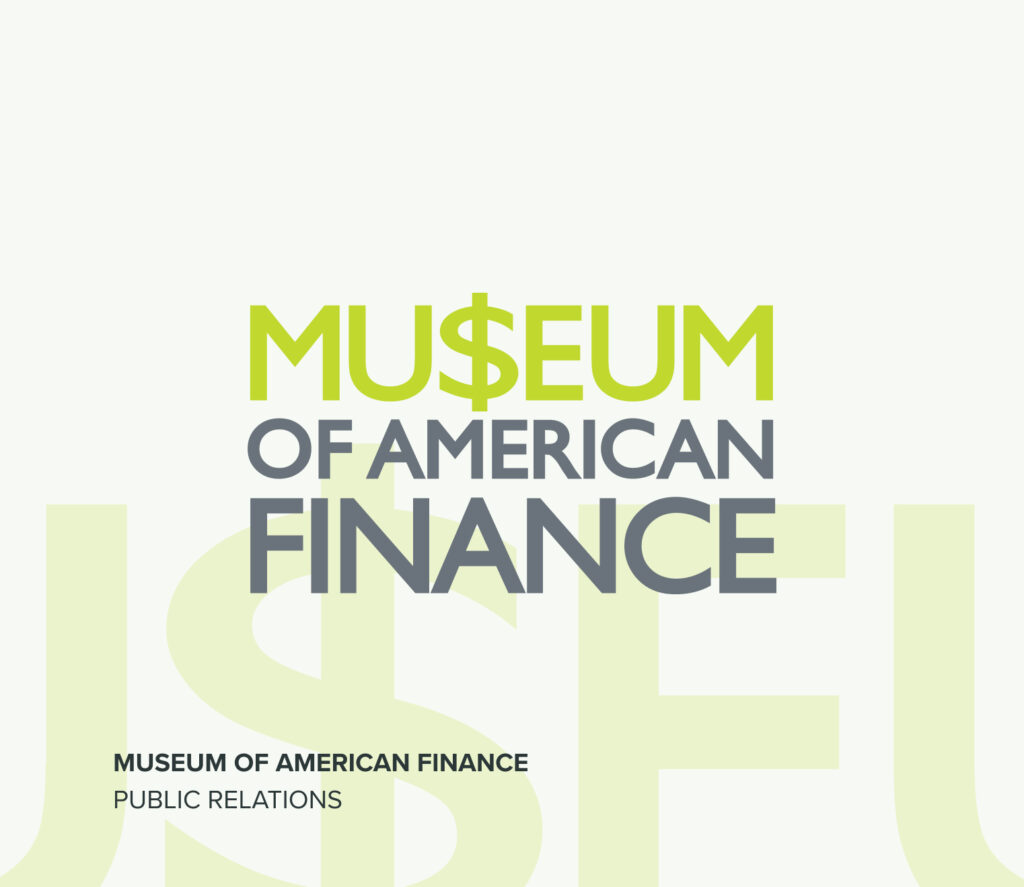Today In History: 9 Surprising Facts About The California Gold Rush
Nearly 173 years ago today — on January 24, 1848 — a young carpenter named James W. Marshall found flakes of gold in a river near Coloma, California.
His discovery gave birth to the Gold Rush of 1849 — a movement that sparked a massive migration to California and helped shape 19th-century American history.
Here are nine surprising (but true) facts about the California Gold Rush.
James Marshall’s Discovery Was A Total Accident
James W. Marshall was a carpenter from New Jersey overseeing — not a prospector looking for mineral deposits as you might assume. He was in California overseeing the construction of a sawmill when he discovered those tiny gold nuggets
Here’s a first-person account of what happened on January 24, according to a worker at the sawmill.
“Just when we had got partly to work, here came Mr. Marshall with his old wool hat in hand, and stopped within six or eight yards of the saw pit, and exclaimed, ‘Boys, I have got her now.’ I, being the nearest to him, and having more curiosity than the rest of the men, jumped from the pit and stepped to him, and on looking in his hat discovered say ten or twelve pieces of small scales of what proved to be gold.”
No One Believed Him At First
California residents had heard their fair share of gold discovery rumors in the past, so no one believed the news that Marshall had found gold. It wasn’t until President James Polk endorsed the discovery of gold in December 1848 — almost a year later — that the California Gold Rush began.
When The News Caught Fire… Boy, It Really Took Off
News about the Gold Rush may have traveled slowly, but once it took off, it couldn’t be stopped. People (particularly men) sold their houses, tapped into their life savings, and even borrowed money to make the treacherous journey to California. They were all after one thing: instantaneous wealth.
These men became known as the “Forty-Niners” because they migrated west in 1849.
The Gold Rush Fueled California’s Growth
It’s estimated that more than 300,000 people migrated to California during the Gold Rush. Most were Americans, but some were also from South America, China, and Europe.
Boomtowns began popping up all over California, with the biggest one being in San Francisco. Pre-Gold Rush, San Francisco was a sleepy little frontier town with a population hovering around 1,000. By 1850, it had grown to 20,000. And by 1861, San Francisco was a bustling metropolis with nearly 60,000 people.
Not everyone was after gold, however. Many budding entrepreneurs opened mercantile shops near the gold fields where they sold supplies and food to prospectors. In the end, it was these merchants — not the miners — who ended up striking it rich.
Put On Those Baby Blues — Levi Strauss Patented Blue Jeans As Durable Work Pants During The Gold Rush
Levi Strauss was one of the many people who flocked west to test their luck in California. He set up shop in San Francisco where his signature blue jeans quickly became the garment of choice for ’49ers.
They were rugged, durable, and had rivets in the pockets to withstand the laborious demands of work life.
Strauss patented the pants a few years later and hired sales reps to market them across the country. Within a few short years, almost every working person in the US owned a pair of Levi’s.
The California Gold Rush Reached Its Peak In 1852
Prospectors had already “panned out” most surface-level gold in California by 1849 — before most people had arrived. This meant many late-comers had to start mining if they wanted to get rich.
In total, it’s estimated that 750,000 pounds of gold were discovered during the Gold Rush. It reached its peak in 1852 when prospectors found $90 million worth of gold — that’s $2.7 billion in 2021 dollars! Can you even imagine?!
This Wasn’t The First Gold Rush
California may have had the biggest gold rush in US history, but it wasn’t the first. That title goes to North Carolina when a 17-pound gold nugget was discovered in Cabarrus County, North Carolina some fifty years prior. Still, this discovery sent more than 30,000 new people to the state.
Death Valley Got Its Name From The Gold Rush
Ever been to Death Valley, California? It’s known for being one of the hottest places on earth. Turns out, it got its sinister name in 1849 when 13 prospectors died attempting to cross the valley to get to the gold fields.
California Was No Man’s Land — Free For The Taking
The Mexican-American war ended on February 2, 1848 — nine days after John W. Marshall found those flecks of gold in the American River. And although California was under US military occupancy, it wasn’t officially part of the US until 1850.
This meant that for two years, California was essentially the Wild, Wild West. There was no formal system in place for taxes, property rights, or land grants. Everything was free for the taking.
All Good Things Must Come To An End
The Gold Rush came to a screeching halt when the SS Central America — a wooden steamship transporting 30,000 pounds of gold — got caught in a hurricane and sank to the bottom of the sea. It’s estimated that the gold on board was worth over $300 million in 2021 dollars. Yikes, right?
This event became known as the Panic of 1857, and it gave way to the world’s first international financial crisis.
The California Gold Rush maybe ancient history, but it puts a whole new twist on what it means to be, “California dreamin’,” don’t you think? What a wild time to be alive! What would you have done had you been alive all those years ago?


